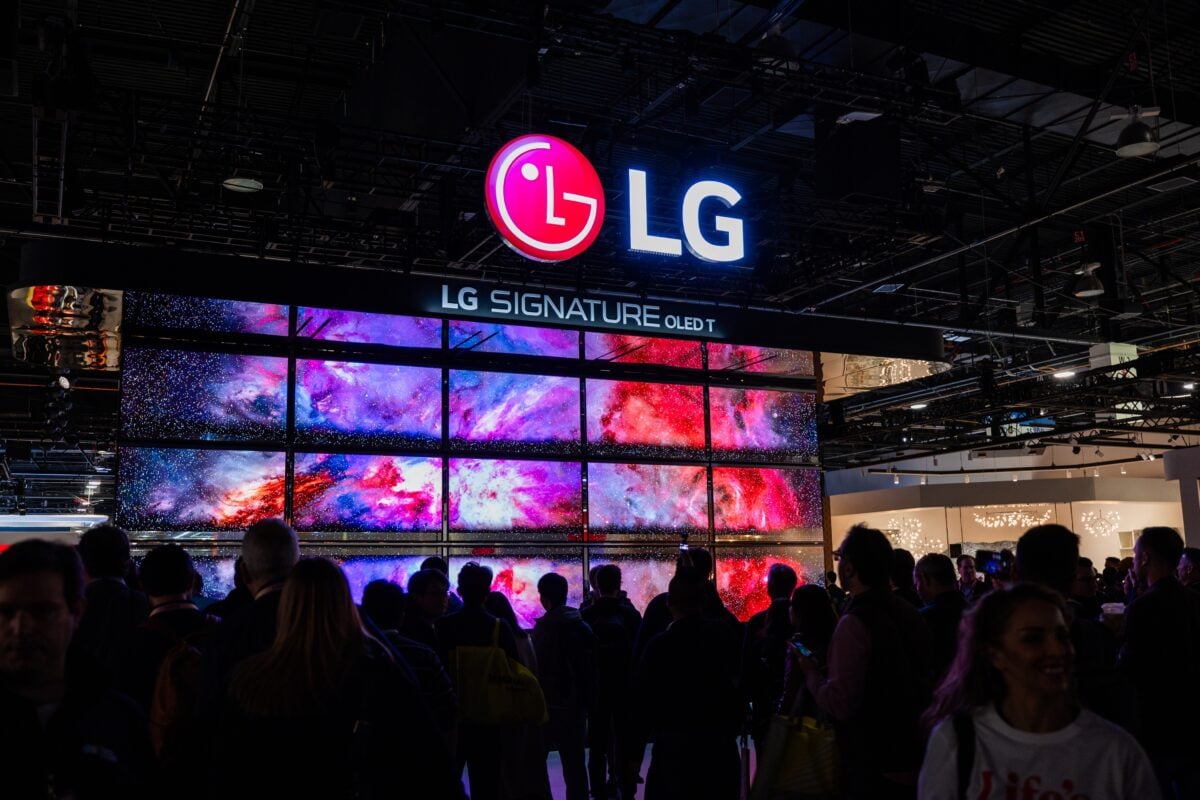TLDRs:
Contents
- LG is set to supply camera modules for humanoid robots through potential deals with firms like Figure AI and Boston Dynamics.
- Samsung is expected to enter the robotics vision space, leveraging its experience in smartphone and automotive imaging.
- The robotic camera module market could grow from under $30 million in 2026 to $3.4 billion by 2029.
- Advanced vision systems are becoming essential for humanoid robots, opening a new frontier for tech manufacturers.
South Korean tech giants LG and Samsung are shifting focus from saturated smartphone markets to the fast-emerging humanoid robotics sector, where advanced camera modules are rapidly becoming foundational components.
With vision systems now integral to robot functionality, the companies are leveraging their legacy in miniaturized, high-resolution imaging to position themselves as critical enablers in this new wave of intelligent machines.
Samsung, LG Robotics Crossover
LG Innotek has taken the lead with concrete steps. The firm is reportedly in discussions with California-based startup Figure AI to become the exclusive supplier of camera modules for its humanoid robots.
If finalized, the partnership would see LG’s modules embedded in up to 100,000 robots over the next four years, with production commencing in early 2026. This follows LG’s earlier collaboration with Boston Dynamics to co-develop a vision sensing system for the latest version of its Atlas robot, signaling a calculated strategy to secure multiple footholds in the robotics sector.
Samsung Electro-Mechanics, while not yet directly supplying robotic systems, has quietly positioned itself as a strong contender. The company already commands a robust portfolio in smartphone and automotive camera modules and is widely expected to repurpose that expertise for the humanoid segment. As humanoid robots require compact, high-performance visual systems capable of spatial awareness and real-time interpretation, Samsung’s existing competencies could provide a smooth transition into this growing field.
Market for Robotic Vision Systems Set for Explosive Growth
The stakes are significant. Market research forecasts the robotic camera module sector will explode from just under $30 million in 2026 to over $3.4 billion by 2029. This exponential growth reflects a broader shift in the camera module industry, where the smartphone segment has begun to plateau. By contrast, robotics presents a new frontier with vast, untapped potential, particularly in industrial, logistics, and urban service environments.
Vision technology has become far more than an auxiliary feature in robots. Today’s advanced systems enable robots to recognize, interpret, and respond to complex, unpredictable human environments. The advent of 3D vision systems has been especially transformative, enabling machines to perform tasks like autonomous inspection, equipment handling, and navigation through dynamic spaces. This technological leap explains why humanoid robot manufacturers are eager to lock in suppliers capable of delivering both scale and precision.
AI and Foundation Models Expand LG’s Robotics Ambitions
Meanwhile, LG’s broader robotics ambitions are not limited to hardware. Its subsidiary, LG CNS, recently partnered with US robotics startup Skild AI, co-founded by Carnegie Mellon professors, to co-develop AI humanoid robots designed for smart factories and logistics operations.
These robots will utilize Skild AI’s Robot Foundation Model (RFM), a cutting-edge system that allows machines to learn from multimodal data, images, video, audio, and text, without being confined to task-specific programming. The goal is to deploy adaptable robots across varied industrial applications, drastically reducing development time and cost.
By investing early and aligning with robotics innovators, LG appears to be laying the groundwork for long-term dominance in the camera module market for humanoid systems. Samsung, though quieter in its strategy, may yet prove to be a formidable force as technical standards are set and demand for high-resolution, low-latency vision modules expands.


